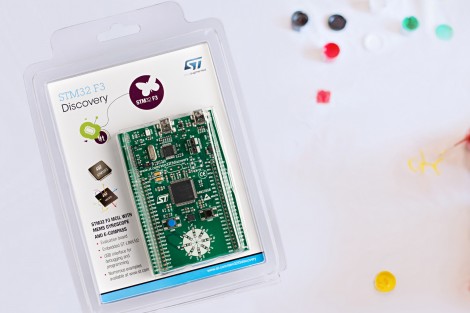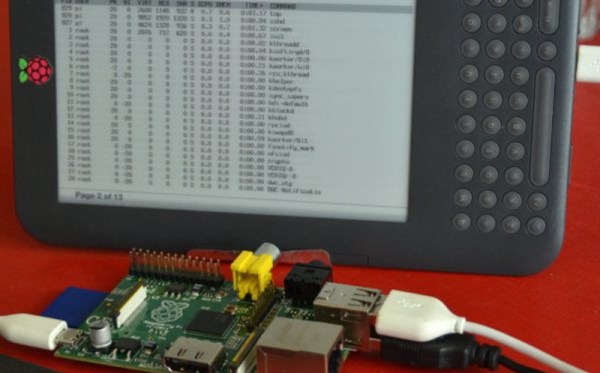
[Berto] wrote in to tell us about the visual effects synthesizer he built. It works as a pass-through for a video signal, rendering crisp clean images into a more psychedelic flavor like the one seen above. On the one hand this does a dishonor to the high-quality video devices we carry around in our pockets these days. On the other hand it will make some really interesting background video at a party or at your local dance club.
This is not a filter for a PC, or an FPGA-based processing system. A set of analog parts alter the incoming composite video (NTSC or PAL formats) and pipes the result to a television or projector. [Berto] included controls to alter the effects. They’re mounted on a panel and everything is given a home inside of a handy carrying case. Check out the video clip after the break to get a better idea of the video manipulations this things can pull off.
Continue reading “VISUALIST – A Hardware Visual Effects Synthesizer”




















